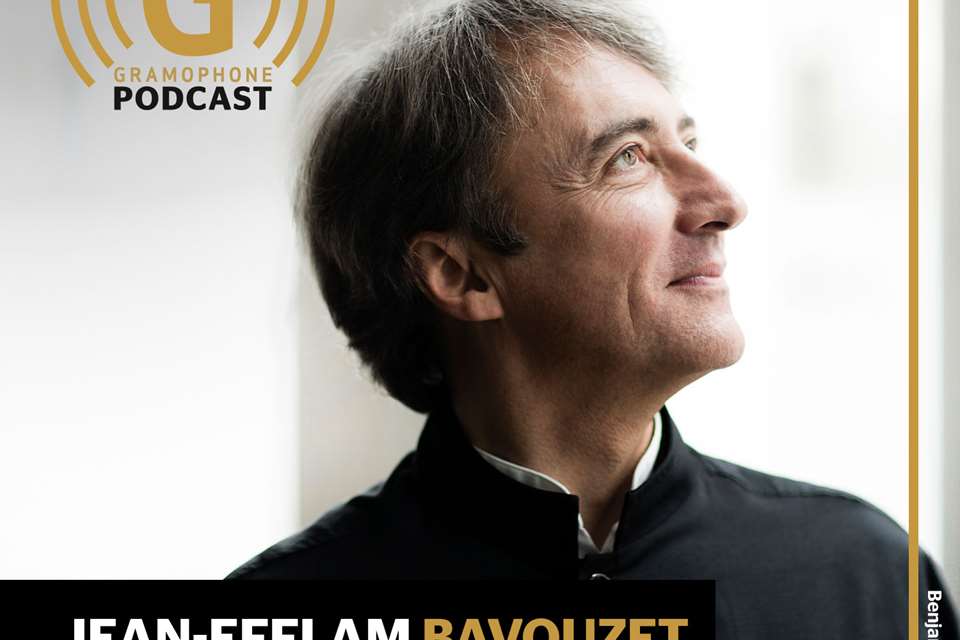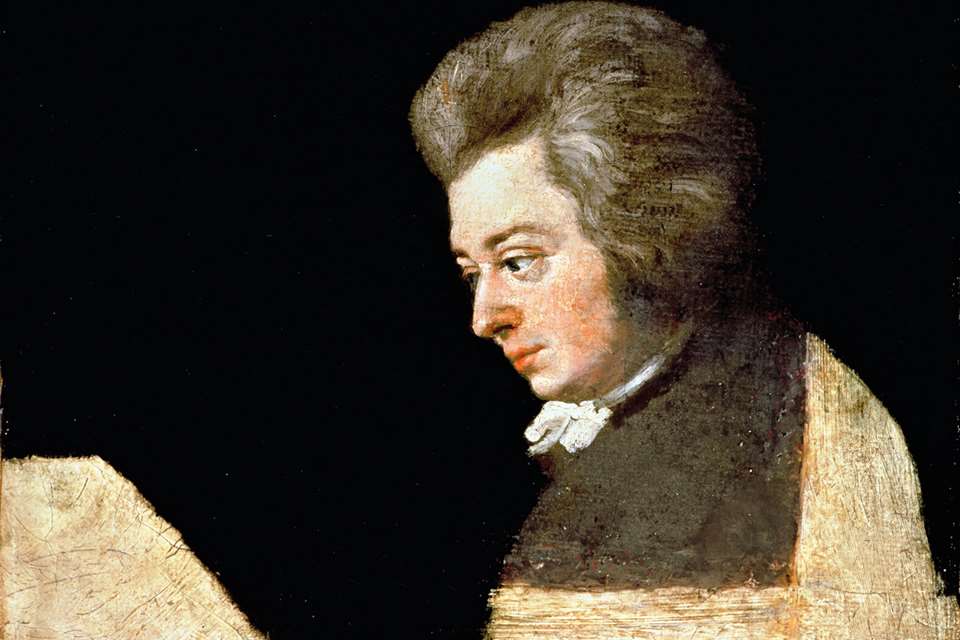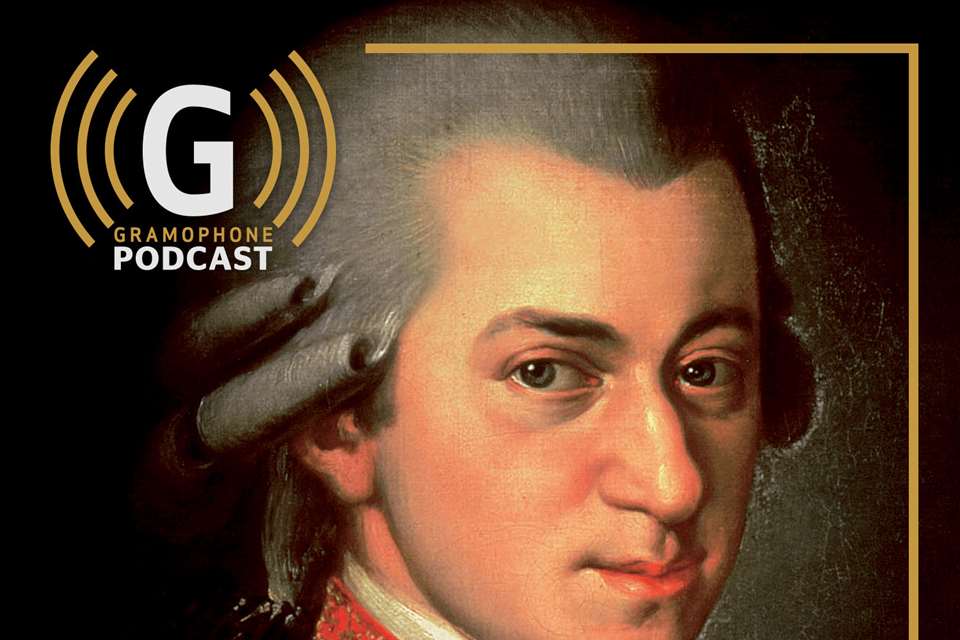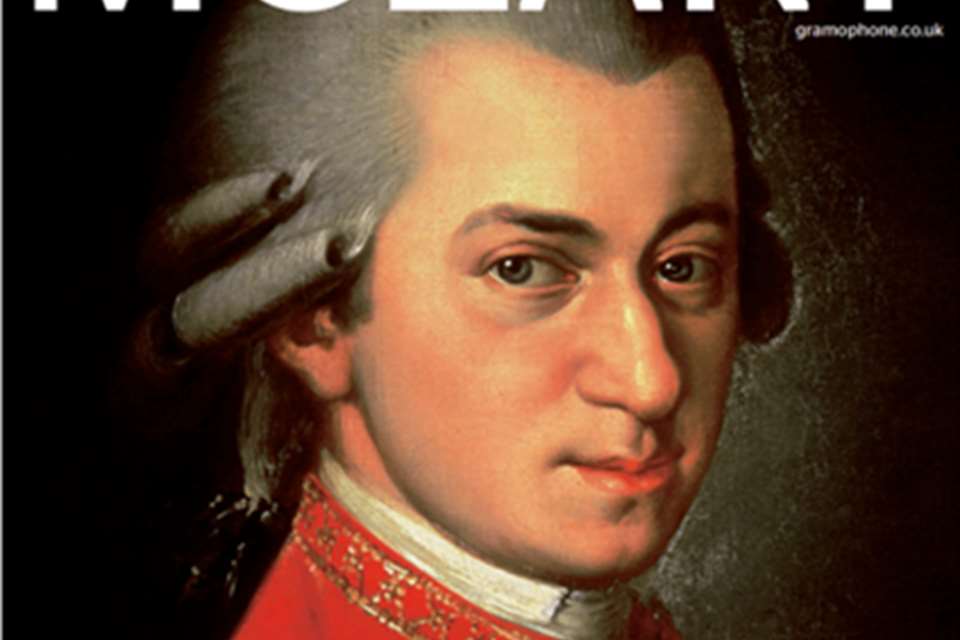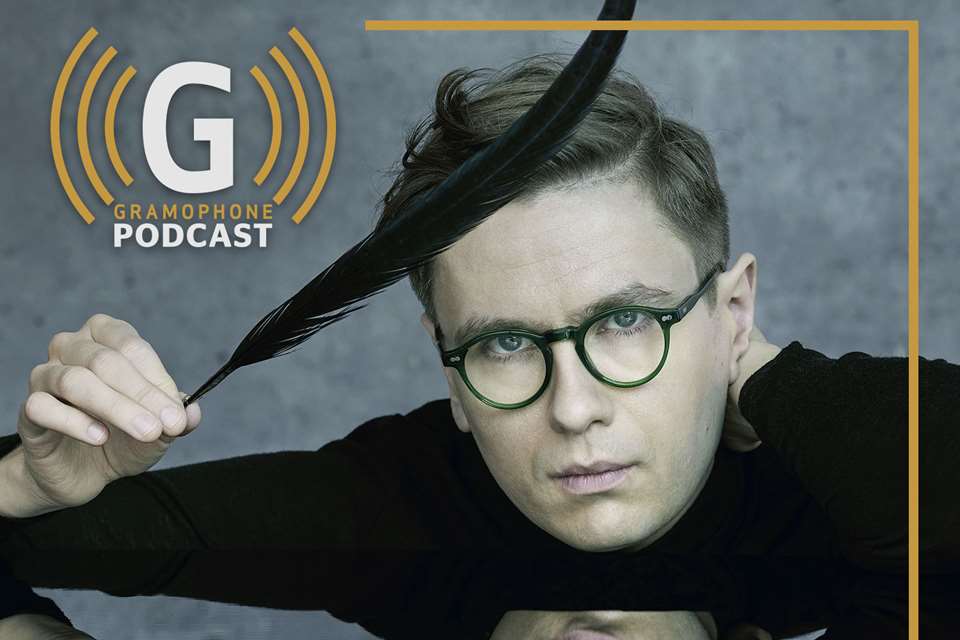Mozart’s Die Zauberflöte (The Magic Flute): a guide to the best recordings
Wednesday, April 19, 2023
The Magic Flute was a welcome operatic success for Mozart during his hectic final year. Richard Wigmore considers ten decades of recordings of this enchanting masterpiece
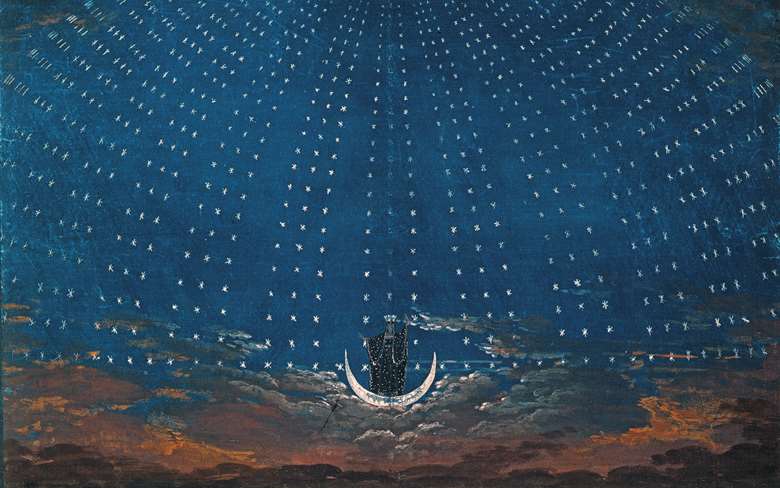
Register now to continue reading
Thanks for exploring the Gramophone website. Sign up for a free account today to enjoy the following benefits:
- Free access to 3 subscriber-only articles per month
- Unlimited access to our news, podcasts and awards pages
- Free weekly email newsletter




